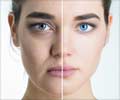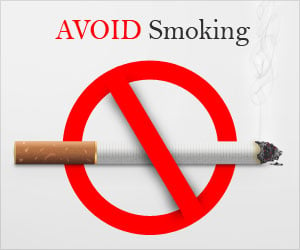The Journal of the American Osteopathic Association study highlights need for effective sunburn prevention programs.

‘Osteopathic medicine is largely focused on prevention, and melanoma, the skin cancer caused by sun exposure, is imminently preventable.’





Skin cancer is the most common cancer in the U.S., with five million people receiving treatment each year. The study's lead researcher, Tracy Favreau, DO, added that melanoma is the most prevalent type of cancer for people 25 to 29 years old and second most prevalent type of cancer for people 15 to 29 years old. Of the three types of skin cancers, melanoma accounts for only two percent of occurrences but nearly half of skin cancer-related healthcare costs. It is also the deadliest of the three, as it has the highest rate of metastasis. "Osteopathic medicine is largely focused on prevention, and melanoma, the skin cancer caused by sun exposure, is imminently preventable," said Dr. Favreau, an osteopathic dermatologist in Florida, where the survey was conducted. "The concern here is that participants with high melanin content skin may think they're naturally protected from sunburn, which isn't true. We need to develop tailored sunburn prevention programs to change attitudes and reduce the risk of melanoma."
Dr. Favreau and the co-authors suspect the combination of youth and having melanin-rich skin provides a false sense of invincibility or resiliency to sunburn.
Some of the survey's predictors of sunburn seem obvious, like spending time outside during peak daylight hours or having a negative attitude toward sun protection. Others were less intuitive; for example, having a full-body skin exam or a perceived vulnerability to skin cancer.
The study explains that a timeline was not established for survey participants. It could be that those who had serious sunburn were then more likely to get a full-body skin exam and feel more vulnerable to skin cancer.
Advertisement
"Technology presents effective opportunities to reach people where they are, in ways that will resonate with them personally," he said, referencing location-based apps that send reminders about sun exposure. That existing technology can be triggered by an amalgam of factors, including time of day, specific geographic regions or self-identified skin type.
Advertisement
Source-Eurekalert













